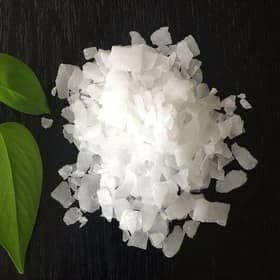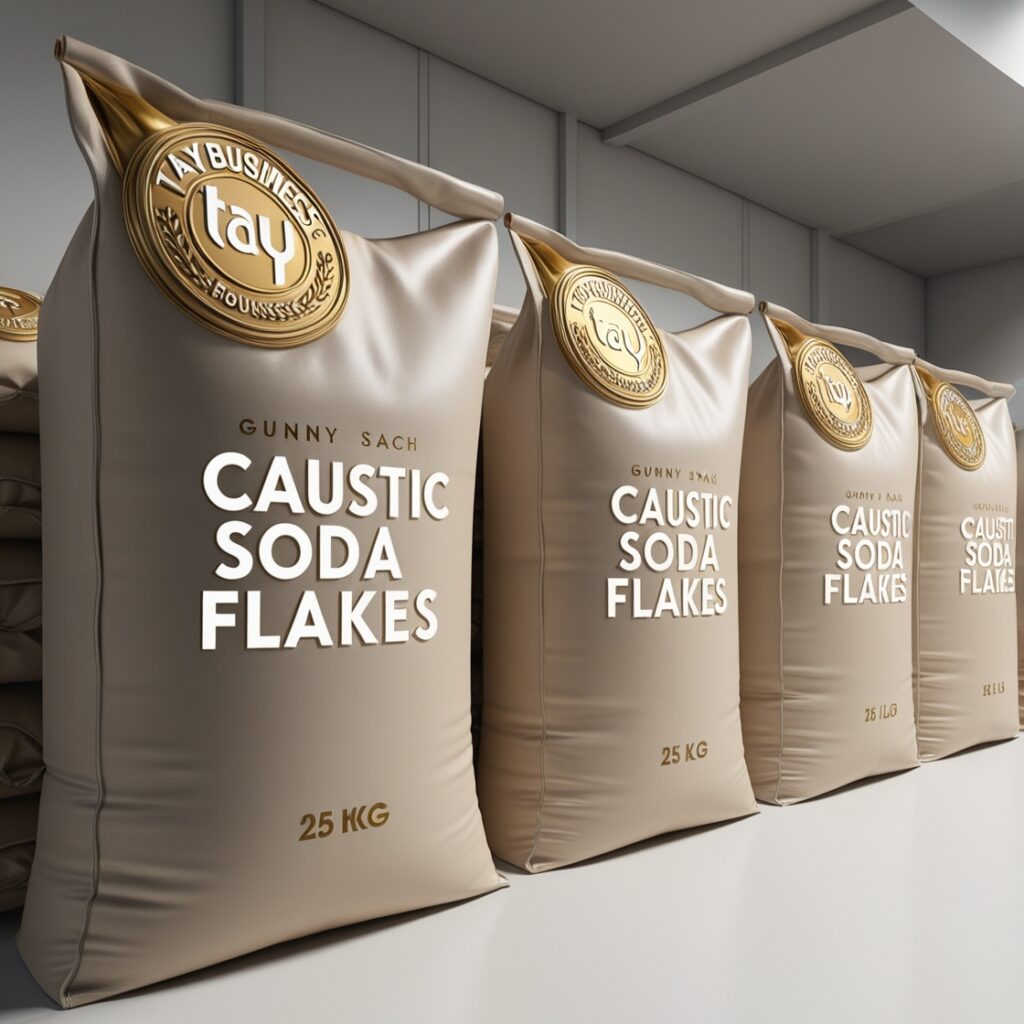Product Introduction: Sodium Hydroxide (Caustic Soda)
Product Introduction: Sodium Hydroxide (Caustic Soda)
Sodium hydroxide, also commonly known as caustic soda or lye, is a highly versatile inorganic compound with the chemical formula NaOH. It is a white, odorless, and crystalline solid that is highly soluble in water. When dissolved, it forms a strongly alkaline solution, hence its classification as a strong base. Due to its potent chemical properties, sodium hydroxide is widely utilized across numerous industries for various applications, making it an indispensable industrial chemical.

Key Properties:
- Strong Alkalinity: Its high pH makes it a powerful base for neutralizing acids.
- Hygroscopic: It readily absorbs moisture from the air.
- Corrosive: It can cause severe burns and is corrosive to many materials.
- Solubility: It dissolves easily in water, releasing heat during the process.
Applications and Uses
Sodium hydroxide’s applications are incredibly diverse, encompassing numerous sectors. Here’s a look at some of its most significant uses:
- Chemical Manufacturing:
- Intermediate: It is a critical intermediate in the production of a wide variety of chemicals, including sodium salts, detergents, and pharmaceuticals.
- pH Adjustment: In many chemical processes, it’s used to control pH levels, ensuring reactions proceed effectively.
- Pulp and Paper Industry: *
- Pulping: It’s used in the kraft process to break down wood fibers, separating cellulose from lignin.
- Bleaching: It aids in the bleaching of paper products, improving brightness.
- Textile Industry:
- Mercerization: Used to treat cotton, which enhances its strength, luster, and dye uptake.
- Dyeing and Printing: It’s an essential component in the dyeing process for many fabrics, ensuring colors adhere well.
- Soap and Detergent Production:
- Saponification: Key in the making of soaps, reacting with fats and oils to form soap.
- Formulations: Used in detergent formulations to increase their cleaning efficiency.
- Petroleum Refining:
- Desulfurization: Removes sulfur from crude oil and natural gas.
- Alkali Scrubbing: It is used in processes to remove impurities from petroleum products.
- Food Industry:
- Cleaning and Processing: Used to clean food processing equipment and as a lye peeling agent for fruits and vegetables.
- Food Preparation: Used for processes such as curing olives. (Note: Food grade sodium hydroxide must be used in these applications.)
- Water Treatment:
- pH Adjustment: Adjusts water pH in water treatment facilities to prevent corrosion and improve effectiveness of other processes.
- Water Purification: It is used for removing heavy metals from water.
- Household Uses:
- Drain Cleaning: Commonly found in drain cleaners to dissolve fats, greases, and other obstructions.
- Oven Cleaning: Used in many oven cleaners for removing burnt-on grease and food.
Safety Precautions:
Due to its corrosive nature, sodium hydroxide should always be handled with care. Always adhere to the following precautions:
- Protective Gear: Wear gloves, safety goggles, and protective clothing when working with NaOH.
- Ventilation: Work in a well-ventilated area or use proper respiratory protection.
- First Aid: If NaOH comes into contact with the skin or eyes, flush immediately with copious amounts of water and seek medical attention.
- Storage: Store in a tightly closed container in a dry place away from acids and other incompatible materials.
Conclusion
Sodium hydroxide is a vital and versatile chemical used in countless industrial and commercial processes. Its powerful alkaline properties are essential in numerous applications, ranging from manufacturing to cleaning. While its uses are widespread, always exercise appropriate caution and adhere to safety guidelines when working with this product.



